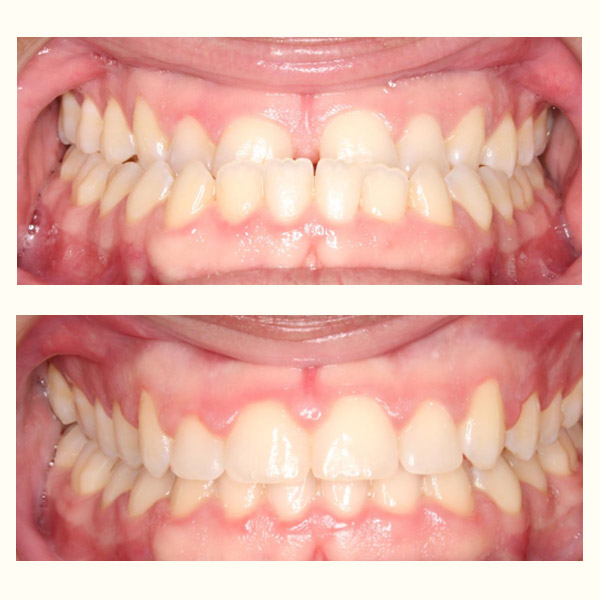Surgical Orthodontics
(Corrective Jaw Surgery)
Although most orthodontic conditions can be treated with braces, clear aligners, or with other appliances, some more severe cases may require surgical orthodontics, a combination of orthodontic treatment and orthognathic surgery.
When is surgical orthodontics necessary?
Surgical correction is necessary when ideal bite correction, facial esthetics or airway correction cannot be achieved with orthodontic treatment alone. These situations can be genetic, developmental or due to trauma.
How does surgical orthodontics work?
If we determine that orthognathic surgery is necessary, we will refer you for a consultation to an oral and maxillofacial surgeon who is very experienced in this type of treatment. They will discuss the surgical phase of treatment more in depth with you. If you decide that you would like to proceed with treatment, their office will file for a predetermination of benefits with your medical insurance company. Once approval is received from your insurance company, we can begin the pre-surgical phase of your orthodontic treatment.

The objectives of this phase are to straighten your teeth and to properly position them so that your teeth will fit together properly during surgery. Once the pre-surgical phase (typically 6-12 months) is complete, the oral surgeon will take surgical records to assist them with the surgery. The surgery is typically performed in a hospital setting and usually takes a few hours. The goal of the surgery is to properly position the upper and lower jaws. The post-surgery recovery period usually lasts 2 to 6 weeks, depending on the extent and specific type of surgery (upper jaw, lower jaw, chin, etc.). Final adjustments to ensure that the teeth fit together properly and fine tuning of alignment are done during the post-surgery orthodontic treatment phase, which can take a few months to a year.

Are there risks associated with jaw surgery?
As with any major surgery, there are risks to orthognathic surgery. Your oral surgeon is highly trained and experienced with these procedures and will take all necessary steps to minimize these risks. During your consultation, they will discuss the risks specific to your planned treatment.
How do I know if I need surgical orthodontics?
Some common conditions that may benefit from surgical orthodontics are:
- Protruding or receding lower jaw
- Facial asymmetry, such as severe chin deviation
- Significant cant when smiling (one side is lower than the other side)
- Facial deformities from birth, development or trauma
- Obstructive sleep apnea
- Upper teeth do not show when smiling
- Excessive gum tissue display when smiling
- Severe openbite (front teeth do not come together)
- Severely narrow upper jaw (in adulthood)
During your complimentary consultation, Dr. Carroll or Dr. Sutton will let you know if a surgical treatment option is appropriate for you along with any non-surgical treatment options as well.




